Soluble Salt Meter
The new inspection tool by HedoN has been developed to replace the Bresle patch method for soluble salt determination.
Comparison SSM vs Bresle Method PricingIntroducing the SSM
The Soluble Salt Meter was developed specifically to improve current methods of establishing surface cleanliness. The goals in developing the Soluble Salt Meter were to:
- Improve the time, quality, and accuracy in field analysis
- Eliminate use of syringe needles
- Develop a paperless instrument
- Automate water dosing and washing system
- Eliminate consumables (patches and syringes)
- Exactly replicate the Bresle patch protocol
- Eliminate residue left behind from Bresle and other adhesive patches
The Soluble Salt Meter is the approved alternative for use as a replacement to the Bresle patch method equivalent to ISO Standard 8502—9 (Field Method for the conductometric determination of watersoluble salts in accordance with NACE SP0508-2010).
Background
The presence of soluble salts on a surface is detrimental to applied protective coatings. As such, there are set stringent requirements for maximum allowable soluble salt concentrations for various applications. In order to test for surface cleanliness, surface contaminants must be extracted and analyzed.
In the Bresle method, which is described in ISO 8502-6, a flexible cell is applied to the surface in question and injected by syringe with deionized water. Surface salts are dissolved into this solution that is removed and tested for conductivity. Conductivity measurements, recorded in microsiemens per centimeter (µS/cm), correspond to the concentration of dissolved ions in the solution.
A high conductivity measurement indicates a high level of dissolved ions and in turn salt contamination on the surface. ISO 8502-9 provides a method to convert conductivity measurements to equivalent concentration of NaCl.
Side-by-Side comparison with Bresle patch method
Conventional Bresle patch method
Use of Soluble Salt Meter
Approvals

APPROVAL AS ISO 8502-9 EQUIVALENT IN ACCORDANCE WITH NACE SP0508-2010
The SSM demonstrated equivalence to the ISO Standard 8502-9 “Field method for the conductometric determination of water-soluble salts” (Bresle Patch method) during testing performed March 4 through September 24, 2009 and October 13 through January 12, 2015 in accordance with NACE SP0508-2010.
Download PDF of this approvalAPPROVAL AS ISO 8502-9 EQUIVALENT IN ACCORDANCE WITH NACE SP0508-2008
The SSM demonstrated equivalence to the ISO Standard 8502-9 “Field method for the conductometric determination of water-soluble salts” (Bresle Patch method) during testing performed March 4 through September 24, 2009 in accordance with NACE SP0508-2008.
Download PDF of this approval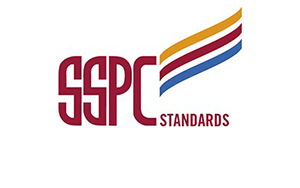
Approved by the SSPC guide 15
The SSM was approved by SSPC GUIDE 15 - Field Methods for extraction and analysis of soluble salts on steel and other nonporous substrates.
Download PDF of this approval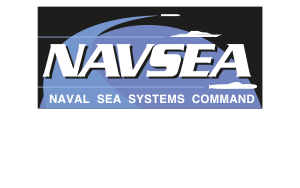
Approved by NAVSEA
The SSM was approved by US Navy NAVSEA 05M via Naval Message R 251457Z-January 25, 2007 as a direct replacement for the Bresle Patch method. The SSM is standard item 009-32(FY-10)).
Download PDF of this approval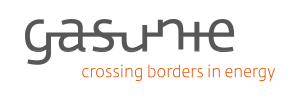
Approved by N.V. Nederlandse Gasunie
The SSM is approved by N.V. Nederlandse Gasunie in CSW-55-N/2. The SSM is also used in the training session "Proeve van bekwaamheid" for the subcontractors of N.V. Nederlandse Gasunie.
Download PDF of this approval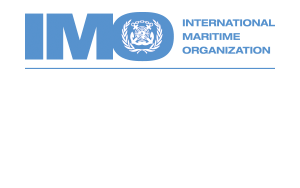
IMO Approves NACE SP0508-2010 - Methods of Validating Equivalence to ISO 8502-9 on Measurement of the Levels of Soluble Salts
The International Maritime Organization (IMO) at its Maritime Safety Committee (MSC 88) meeting approved the use of NACE International SP0508-2010.
This NACE International standard provides a test method to validate equivalency to ISO 8502-9. ISO 8502-9 specifies one method for determining the level of soluble salts and is included in the IMO Performance Standard for Protective Coatings (PSPC) for Cargo Oil Tanks. Moreover, MSC 88 applied the same modification to the PSPC for Ballast Water Tanks.
Member Governments were invited to note the above modifications and to apply them from 1 January 2011 when implementing the requirements of Safety of Life at Sea (SOLAS) regulations II-1/3-2 and II-1/3-11; and to bring these modifications to the attention of all parties concerned.
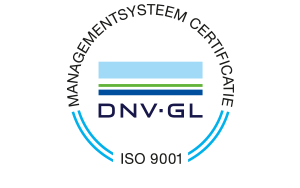
ISO 9001 CERTIFIED
HedoN Electronic developments BV is ISO 9001:2008 certified by DNV GL Business Assurance for development, assembly and delivery of professional electronics.
Download PDF of this approval